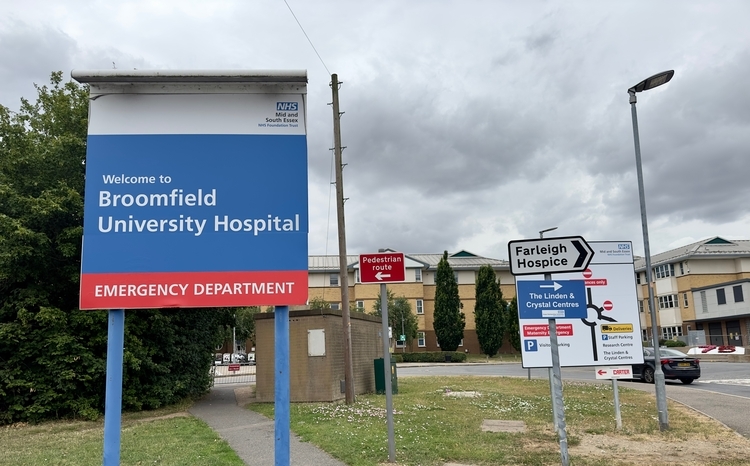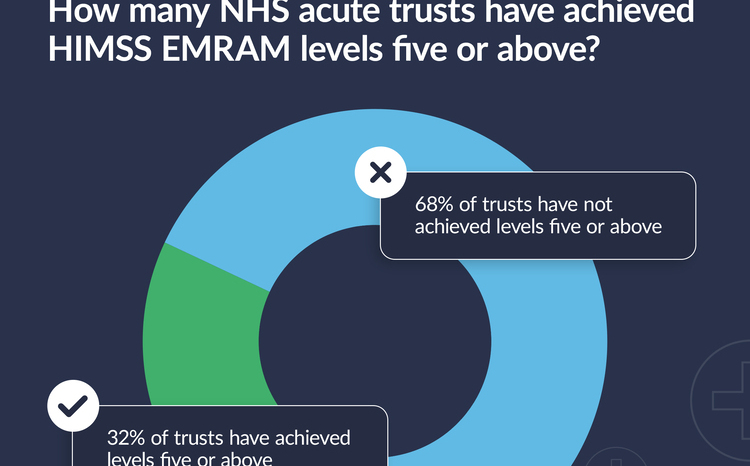Behind the scenes of an EPR deployment: part two
- 16 September 2008

In 2006, it reviewed its IT and information systems strategy and decided that it needed an integrated clinical IT system that could interface with existing corporate systems and new clinical modules as required.
Oasis Medical Solutions won the tender for the project; in part because the Benenden team was impressed by the Oasis system they saw at Bromley Hospitals NHS Trust. When E-Health Insider visited in July, the outline plan for training and deployment had been agreed but there was a lot of detailed planning to complete.
Over the summer holiday season, however, the hardware has been installed and most of the configuration work has been completed. Denise Telford, who is leading the project for Benenden Hospital, said this had not monopolised too much of her people’s time and attention.
“As we told you at the outset, we have overwhelming support for this new system right across the organisation – so enthusing people is not a problem. We did a lot of planning for this important phase and made sure that our key staff were given the time and training to make sure it was successful.
“But this is not the only change going on in the hospital right now. We are investing in a comprehensive refurbishment programme across all of our facilities. Our new information system is an integral part of the whole change programme.”
Delivery and configuration:
Doug Clutterbuck is the Oasis project manager. He is also responsible for the Oasis system at Bromley, which was used as a reference site during the procurement phase.
“This deployment is going well,” he said. “Clearly, we know every detail about our product and we have a lot of experience in deploying it. What is making this programme so rewarding is the enthusiasm and commitment of the people we are working with.”
He said this was manifest during the configuration. Configuring a package application for specific wards, clinics and specialities is always time consuming, but vital to get right. Benenden made it clear to Oasis that they wanted to be involved at every stage.
Configuration works as a four stage process. Oasis first of all trains the nominated Benenden people in how to use the application. Then it starts the process with Benenden in support. The third stage sees the hospital people take over with Oasis firmly in the background. Then, when a stage has been completed, the Oasis team does the necessary quality assurance work and reports on how the configuration went.
Clutterbuck has a dedicated team working at the hospital, but the system was built remotely from a hosted platform at the Oasis offices in London. It was then delivered on the production hardware ready-built to the hospital. This meant that Benenden’s operations were only disturbed for a single day.
Ahead of schedule for “go live”
Both Telford and Clutterbuck agree that right now training and deployment are “ahead of where we planned to be.” There seems to be a great deal of shared confidence that the system will start live operations in December – in fact this has now been formally agreed between both parties.
“Going live” can be an imprecise term open to different meanings, but Telford says: “What we are planning for is the live operation of our new system that includes all the functionality we have today – but as a comprehensive and integrated system rather than the disconnected and discrete systems we have today.
“We are also looking forward to the additional functionality that Oasis will deliver from day one. But our ambitions do not stop in December. We are making a strategic investment in this system and already have plans for how we can extend its scope and extract even more benefit from it.”
What’s included in the December delivery:
- Patient administration system, including multi-resource scheduling functionality
- Theatres with Scantrack,
- Clinical workstation including integrated real-time clinical coding functionality
- Oasis Paperlite Integrated Document Management
- Choose and Book Version 3
- Interface with the Benenden Society’s head office system
- Oasis Access Kiosks
Clutterbuck said: “There will be a big-bang in December, in that all the existing applications will be replaced by the integrated Oasis system, which offers more advanced functionality than Benenden currently enjoys.
“In addition to the system replacement, we will also be delivering Oasis Paperlite Document Management, an integrated instrument tracking system from Scantrack and e-discharge functionality through the Oasis Clinical WorkStation. There is still a lot of work to deliver, so we are all making sure that we are not being over-optimistic.”
A boardroom view of the project is provided by Jane Abbot, Benenden’s director of clinical services and Richard Moxon, the director responsible at Oasis Healthcare.
Abbot is pleased with progress and the way the joint teams are working. “The more we understand the fine detail of Oasis, the more we can see ways of using it to streamline our operations – and of developing it to add even more benefits than we anticipated at the outset.
“But we also realise just how important it is to stay focused on delivering our foundation system in December and not to be distracted. The single biggest challenge we face in the short term is data migration. The specifications are close to final agreement but we are going to be very busy extracting the agreed data before passing it on to Oasis for testing.”
Moxon is also content with progress so far. He believes that the decision to bring forward live operation to December from the contracted date of February 2009 was the right one because “the project has a strong momentum” and Benenden is so keen to see the benefits.
EHI has been invited back by Benenden and Oasis in October to check progress and see if both sides are still confident about meeting the December date.
Related article
Behind the scenes of an EPR deployment
Link




